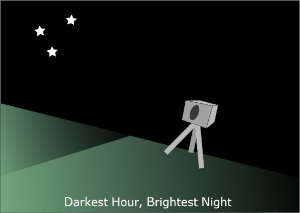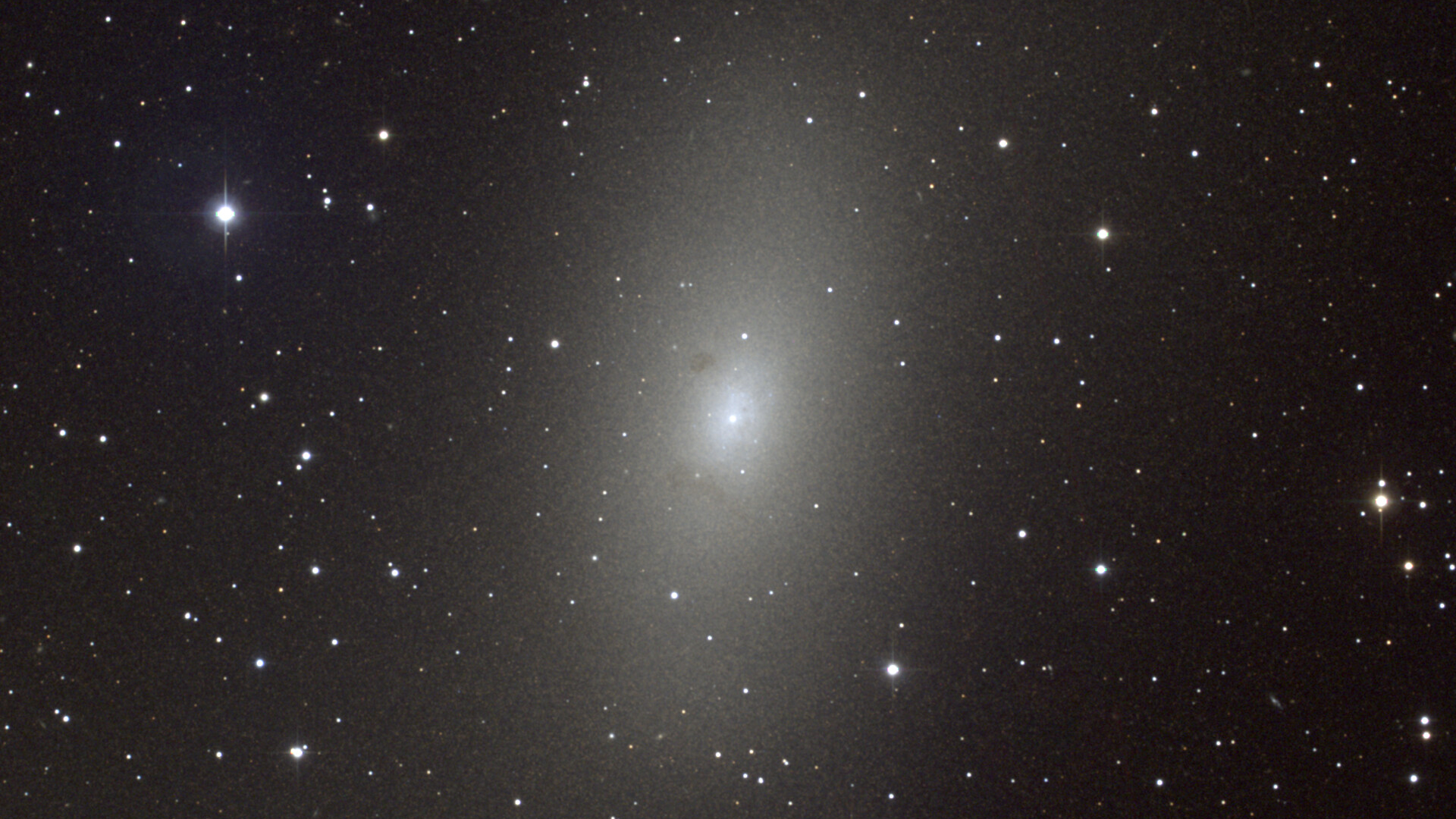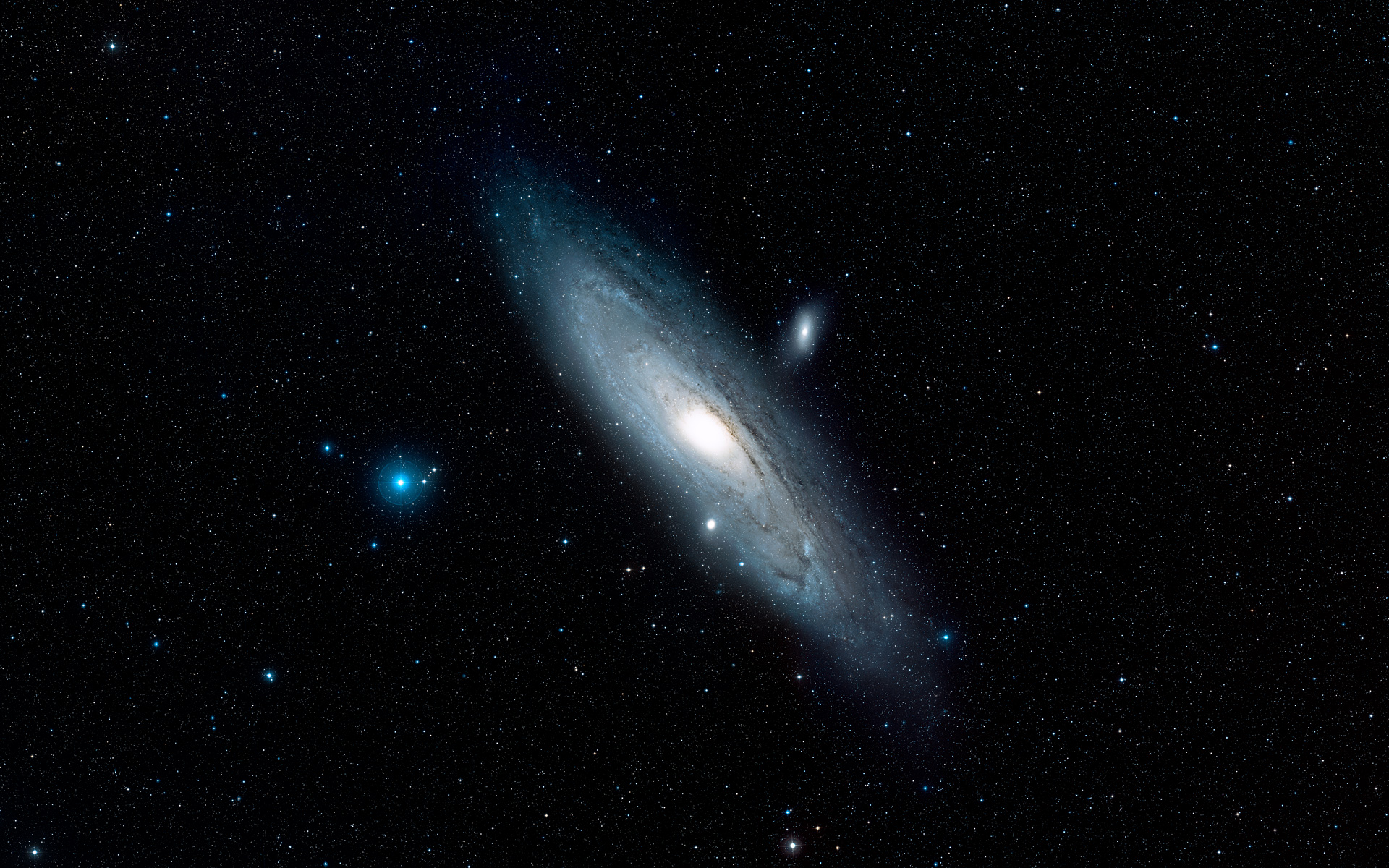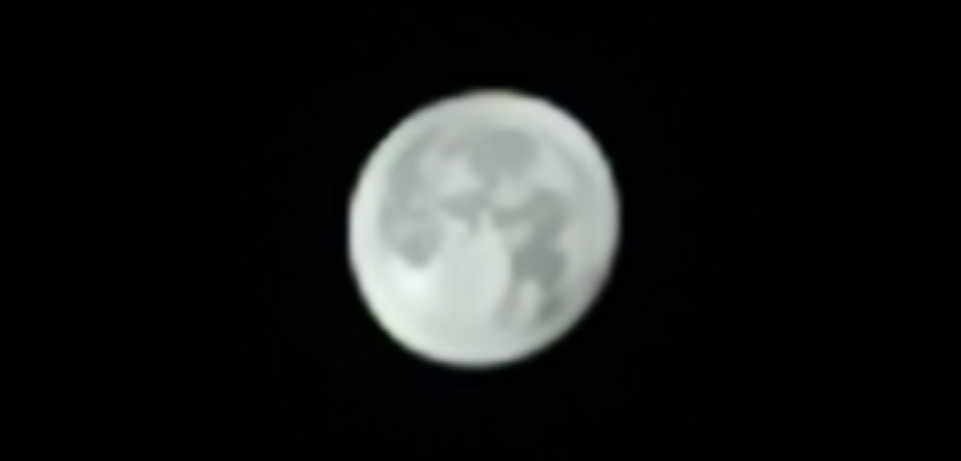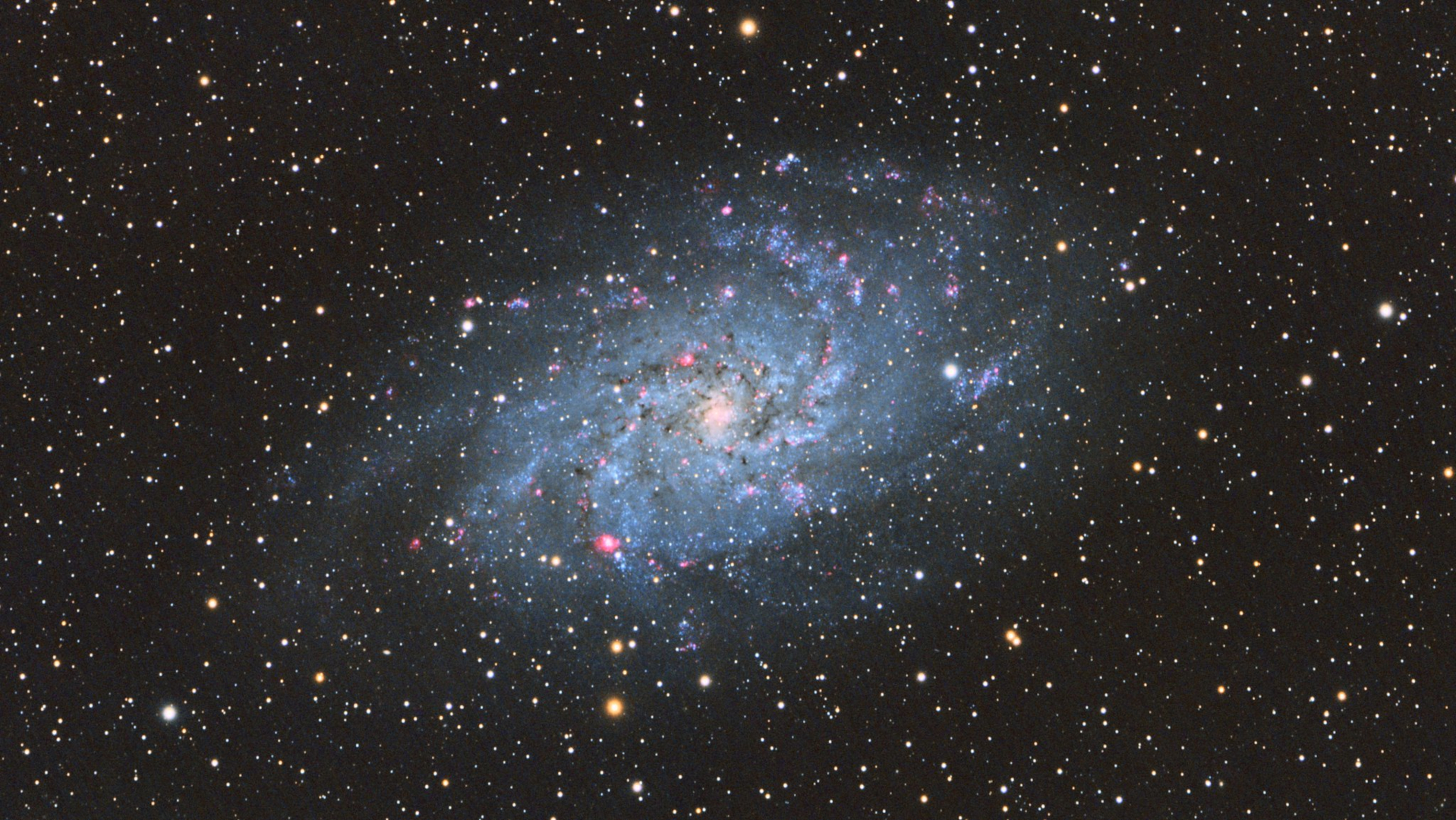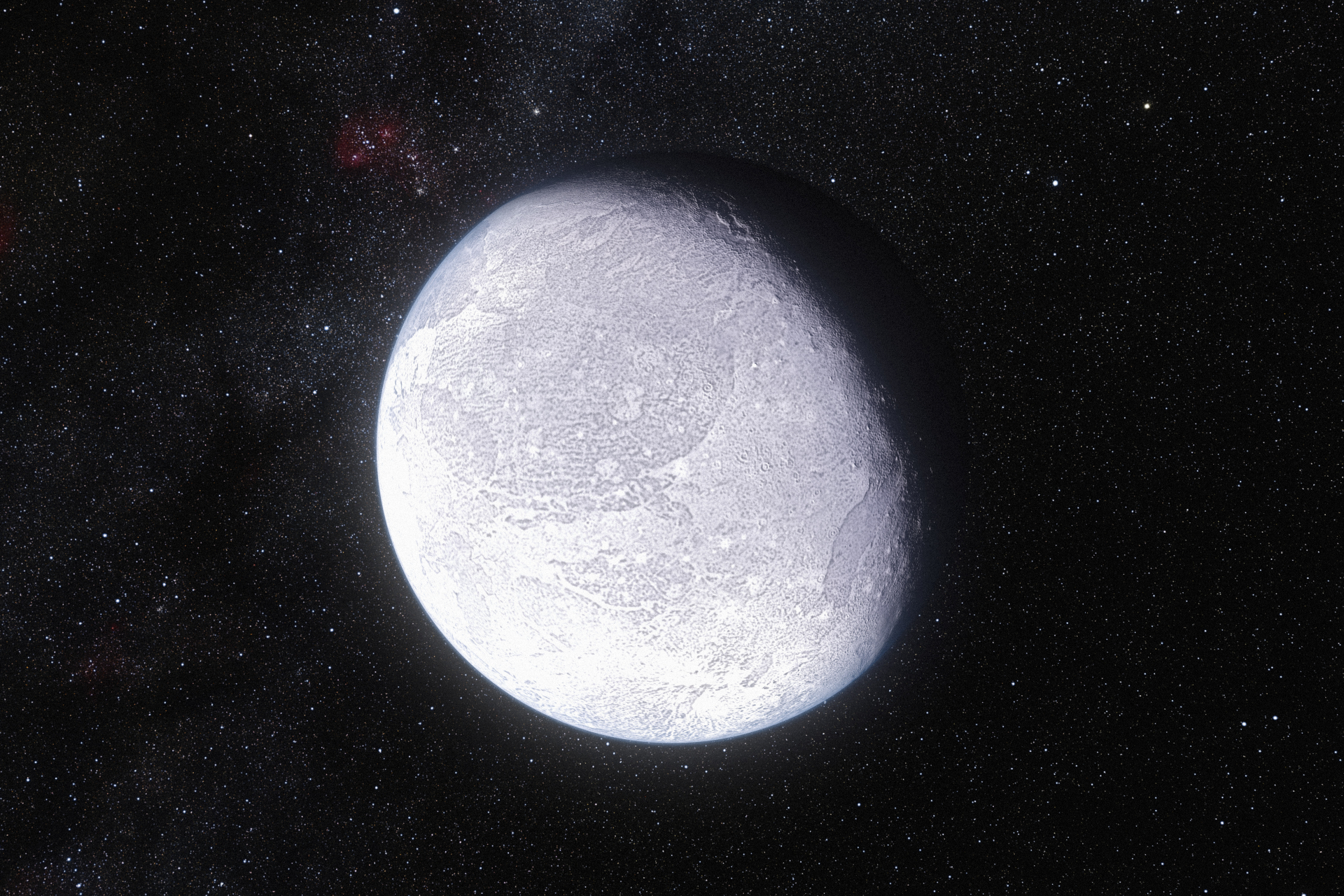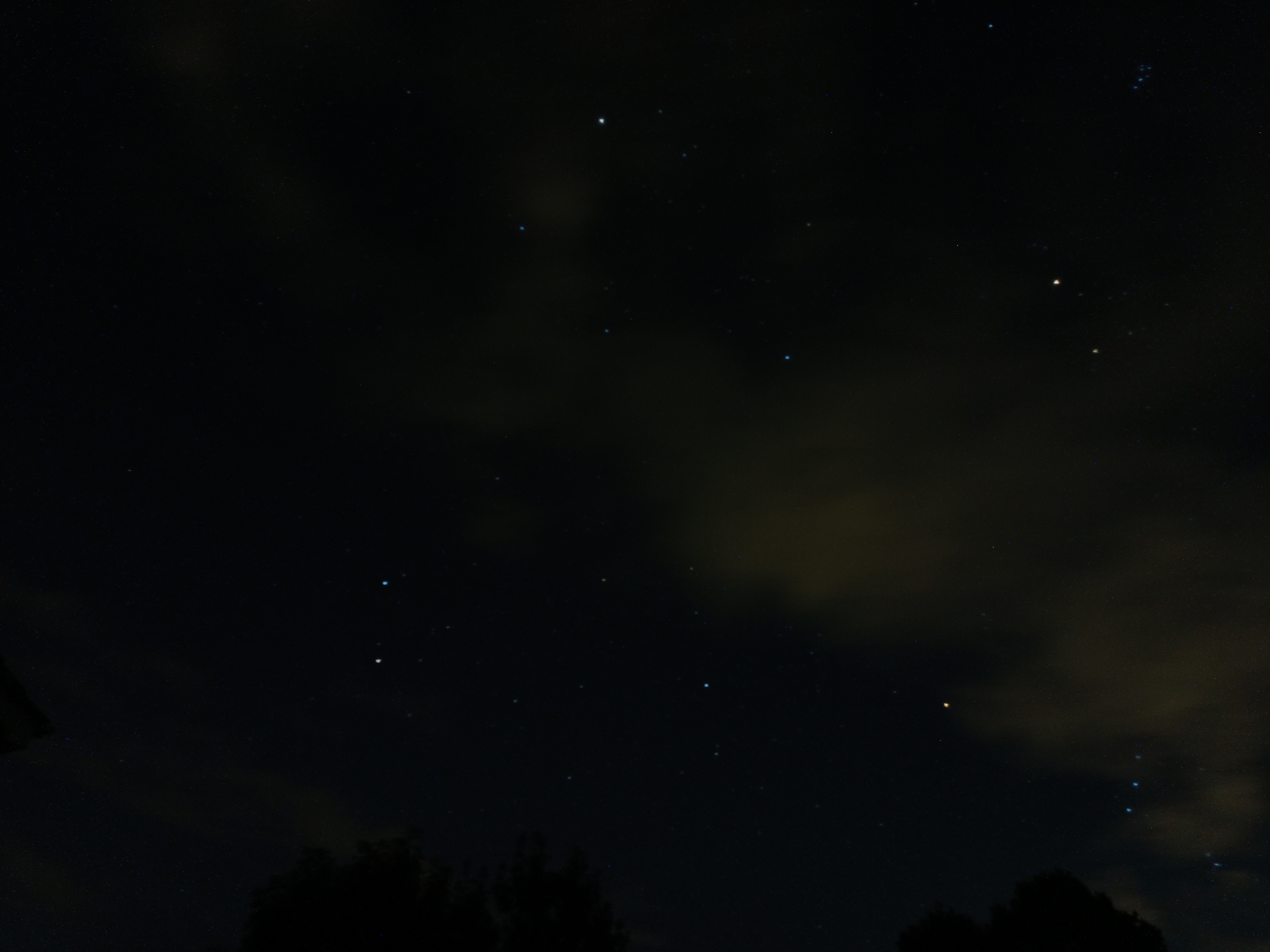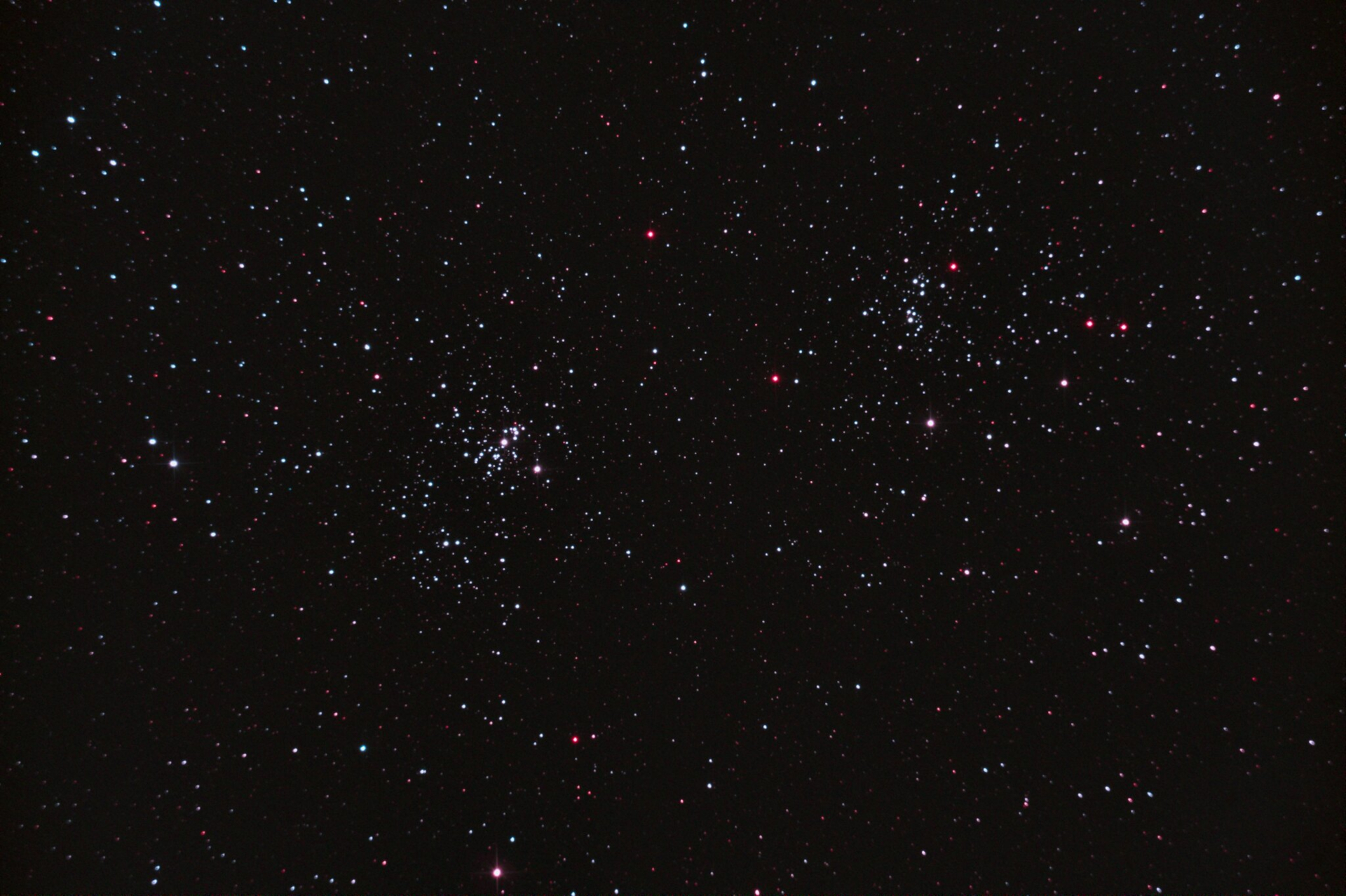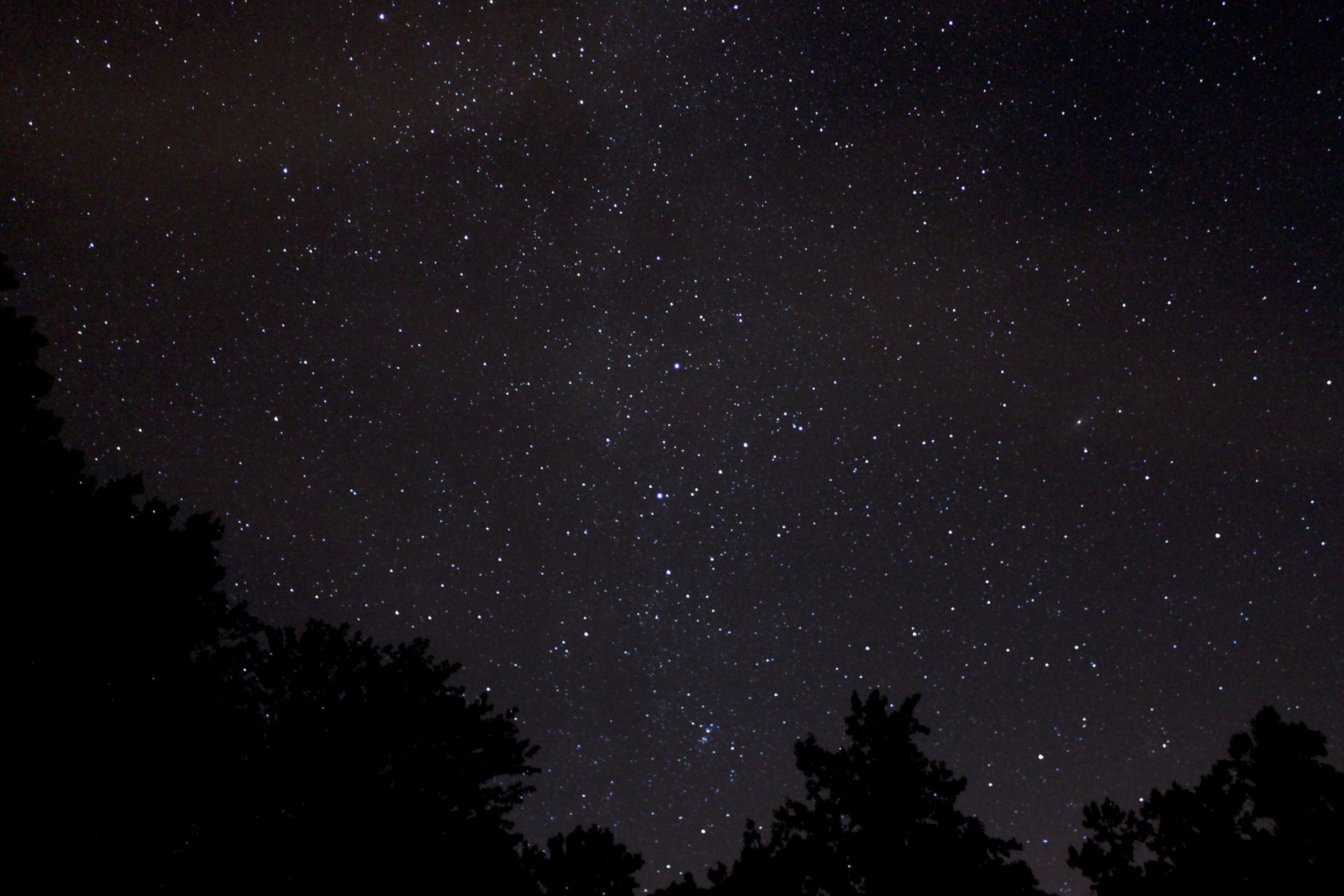Realm of Darkness
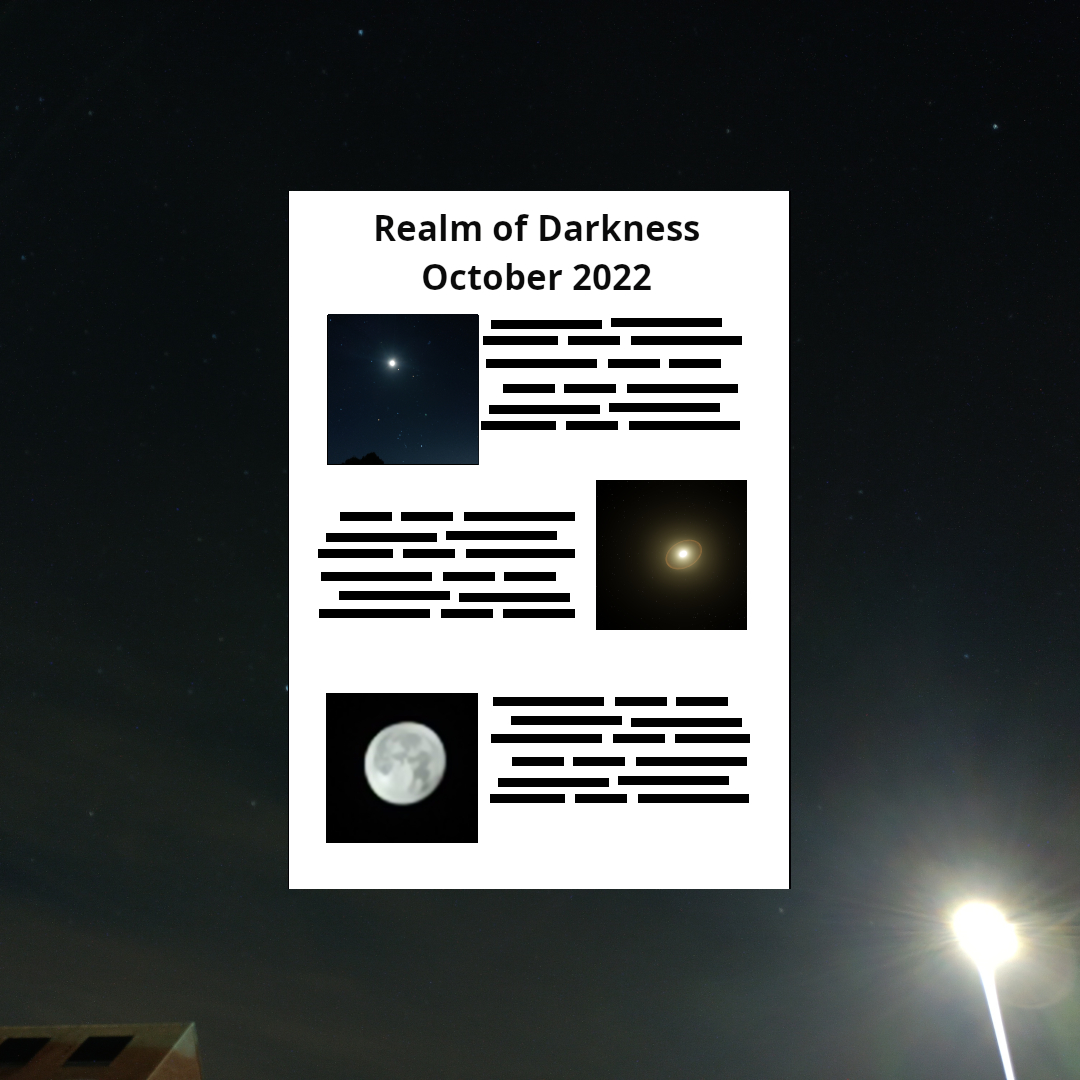

An audible read version of this article is available
Published: 23rd September 2022
September means that in the north half of Earth, the sunset has been occurring earlier and the sunrises later
And with the longer nights, October provides us with a chance to view the night time heavens, for a longer period
This month we have included additional information to help in viewing some of the objects we have written about. This is just a trial, and if you find this additional information helpful, or even if you don’t. Or have any further comments about the info, then please let us know
First Week
Saturday, 1st October
M110 Good Visibility
The M110 galaxy is a dwarf galaxy located in the Andromeda constellation. And Saturday the 1st of October provides a good opportunity to view
Image created by NOIRLab/ NSF /AURAIt will start being visible from around 20:00, at about 40° above the horizon, in an Easterly direction
With the best viewing time at around midnight, in the UK
Disappearing as the Sun rises at around 5:50 in a Westerly direction, the next morning
For more details about viewing times in other locations, as well as sunrise, sunset, moon-rise and moon-set times, click here
M110 isn’t one of the brighter objects, and will require either a pair of binoculars or a telescope to view
Second Week
Sunday, 2nd October
M32 Good Visibility
Sunday the 2nd of October is a good opportunity to view M32, a satellite galaxy of the Andromeda Galaxy
It will become visible from about 20:00, at about 39° above the horizon, in an easterly direction
In the UK, the best viewing time, is at around midnight
And can be viewed until around 5:45, at around 42°above the horizon, in a westerly direction
For more details about viewing times in other locations, as well as sunrise, sunset, moon-rise and moon-set times, click here
To view M32, you will need a pair of binoculars or a telescope
M31 (Andromeda Galaxy) Good Visibility
Sunday the 2nd of October is a good opportunity to view M31, the Andromeda Galaxy
Image creditNASA, ESA, Digitized Sky Survey 2 (Acknowledgement: Davide De Martin)It will become visible from about 20:00, at about 39° above the horizon, in an easterly direction
With the best viewing time at around midnight, in the UK
And can be viewed until around 5:45, at around 43°above the horizon, in a westerly direction
For more details about viewing times in other locations, as well as sunrise, sunset, moon-rise and moon-set times, click here
To view the Andromeda Galaxy, you will need a pair of binoculars or a telescope
Thursday 6th October
Mercury at Perihelion
Mercury will reach perihelion, which means it will be at its closest point to the Sun, and may make it appear a little brighter
You will be able to spot it from about 5:30 UK, in an easterly direction about 9° above the horizon, shortly before the Sun rises
For more details about viewing times in other locations, as well as sunrise, sunset, moon-rise and moon-set times, click here
Sunday 9th October
Draconid Meteor Shower Peak
The Draconid meteor shower is visible between the 6th to 10th of October and reaches its peak on the 9th
It should be visible after sunset, however our enemy the Full Moon will make viewing more difficult
The best time to view from the UK is a around 2:00 in the morning, although it will be visible through the night, until sunrise
A ZHR for the Draconid meteor shower is unavailable, as is varies greatly. Meaning that if you do decide to try and view, then it is a case of fingers (in gloves) crossed
Mercury at Highest Altitude
On the 9th of October, Mercury will reach its highest point, at around 15° above the horizon
It is visible in an easterly direction, shortly before the Sun. So take care if viewing
Full Moon
Our enemy the Full Moon occurs tonight, making viewing of other objects more difficult
However, don’t despair, and use it as an opportunity to hone your astronomy and astrophotography skills
In the UK the Moon will rise at around 18:30, in an easterly direction. Before setting at around 7:50 the next morning in a westerly direction
Third Week
Saturday 15th October
M33 Good Visibility
Saturday the 15th of October, provides a good opportunity to view the M33, also known as the Triangulum Galaxy
Image created by kees scherer under CC0 1.0.M33 will start to be visible from about 19:30 in an easterly direction, about 27° above the horizon, for those in the UK
Reaching its highest point at around 1:00 in the morning
With the rising Sun, it will disappear at around 6:05, at about 32° above the horizon, in an westerly direction
For more details about viewing times in other locations, as well as sunrise, sunset, moon-rise and moon-set times, click here
The Moon will be waning, but may cause some problems if trying to view. And viewing will need either a pair of binoculars or a telescope
Fourth Week
Tuesday 18th October
Dwarf Planet - Eris at Opposition
The dwarf planet Eris, is at opposition on the 18th of October. Which means that Earth is positioned between it and the Sun, providing a good opportunity to view
Image created by ESO/L. Calçada and Nick Risinger (skysurvey.org) under Attribution 4.0 InternationalIt occurs a day after the Half Moon, so may make viewing a little more difficult
If you want to attempt to view, you will need at least a 100mm lens telescope
And can be found at about 21° above the horizon, in a south-easterly direction from around 21:45, moving to a southerly direction at around 4:30
For more details about viewing times in other locations, click here
Friday 21st October
Orionid Meteor Shower Peak
The Orionid meteor shower reaches its peak on Friday the 21st of October, although is visible from the 2nd October until the 7th November
It has a lowish ZHR of 15, so you might be able to view a meteor every five minutes
The Orionid meteor shower can be viewed from about 22:00 til the Sun rises. But the best chance to view is at around 5:00 in the morning in an easterly direction
Fifth Week
Tuesday 25th October
Partial Solar Eclipse
Remember if attempting to view a solar eclipse, practice safe viewing
Tuesday the 25th will mean that the Moon will try to block the Sun, which will fail. But may provide an interesting astronomical event
In the UK, the eclipse will start at around 10:00 and last until about midday
New Moon
After trying to block the Sun earlier in the day, the Moon will go into hiding tonight. With the occurrence of the October New Moon
The Moon will set 18:05, around the same time as sunset, and will rise again the next day around 9:05. Providing us a good chance to view the heavens in all their glory
Wednesday 26th October
NGC 869 Good Visibility
On Wednesday the 26th of October, the NGC 869 star cluster is ideal for viewing
Image created by ccollischon under Attribution-ShareAlike 2.0 Generic LicenseFrom the UK NGC 869 should start to be visible from around 19:10 in a north-easterly direction. At about 41° above the horizon, in the Perseus constellation
It will be visible all night, before the rising Sun makes it un-viewable from around 6:25 the next day, about 45° above the horizon in a north-westerly direction
For more details about viewing times in other locations, as well as sunrise, sunset, moonrise and moonset times, click here
A pair of binoculars or a telescope will be needed to view
Thursday 27th October
NGC 884 Good Visibility
Thursday the 27th of October, means the NGC 884 star cluster is in a great position for viewing, with the New Moon also having occurred a few days before
Image created by jaxzin under Attribution-Attribution 2.0 Generic LicenseFrom the UK NGC 884 should start to be visible about 41° above the horizon from around 19:08 in a north-easterly direction. Located near the Perseus constellation
As the Sun rises, it will become un-viewable from around 6:25 the next day, about 45° above the horizon in a north-westerly direction
For more details about viewing times in other locations, as well as sunrise, sunset, moonrise and moonset times, click here
A pair of binoculars or a telescope will be needed to view
Sixth Week
Sunday 30th October
If you are in the UK, then you can do some time travel. As British Summer Time (BST) ends and we switch back to Greenwich Mean Time (GMT)
If you are in bed, then you may get an extra hour of sleep. However if already up, the 2:00 becomes 1:00, allowing you some extra star gazing
Planet Spotting
Mercury
For the majority of October, Mercury will be visible in the mornings before the Sun rises
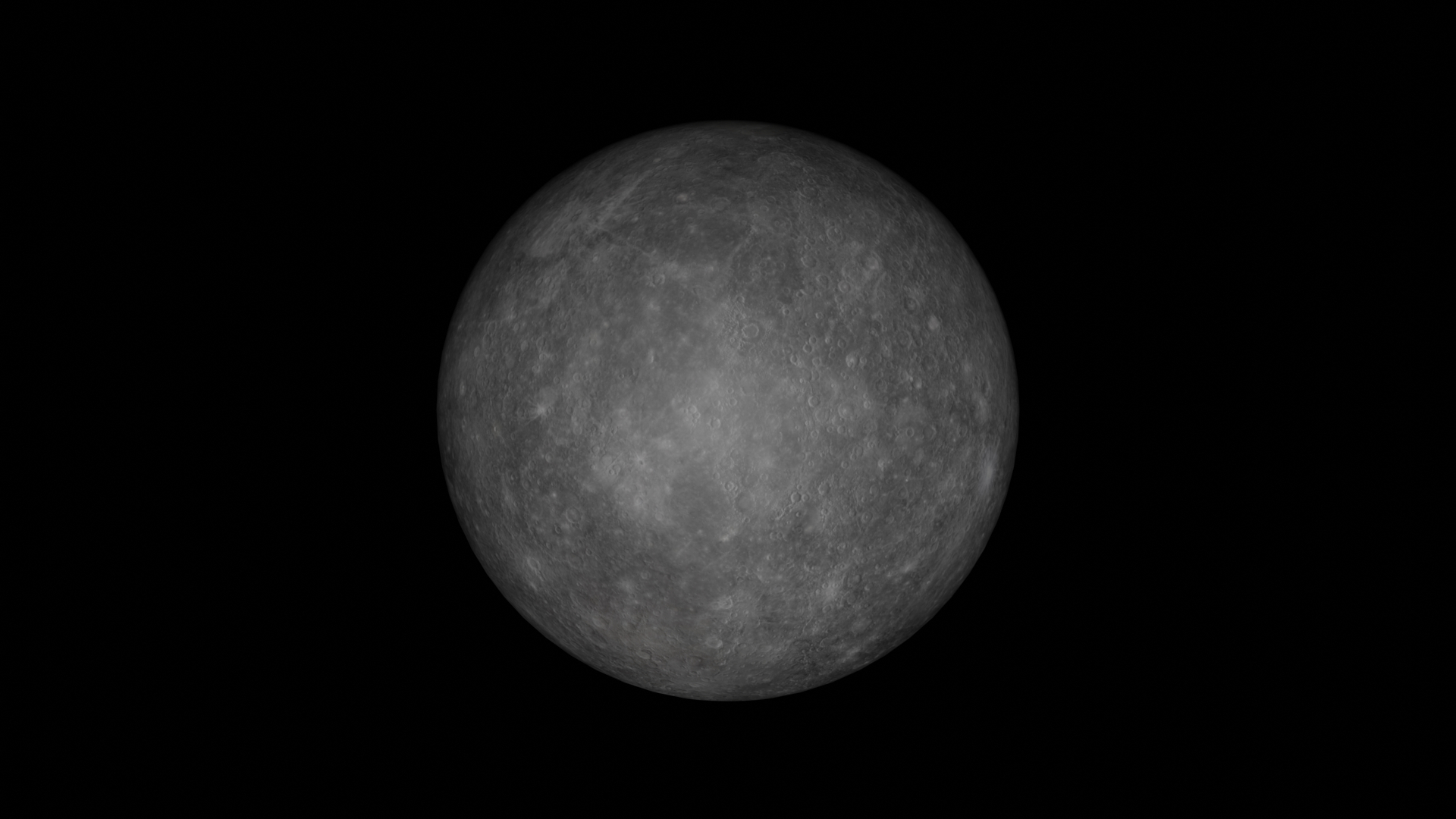
Venus
In October Venus will be visible as the Sun is rising, in an easterly direction

Mars
Mars will be visible in the evenings of October, appearing higher and brighter in the sky
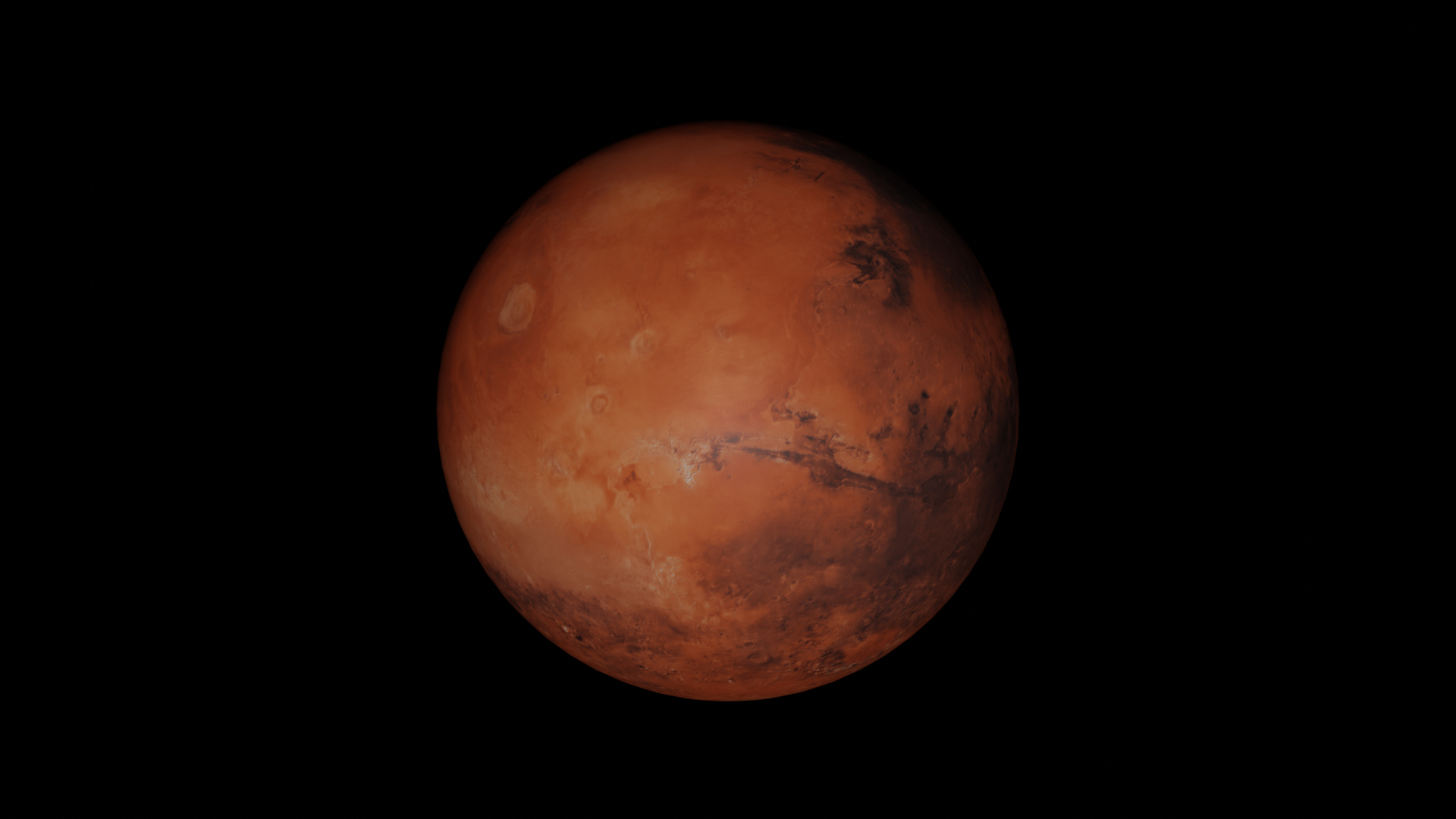
Mars can be located in a north-easterly to an easterly direction
Jupiter
Jupiter will be visible during the nights of October
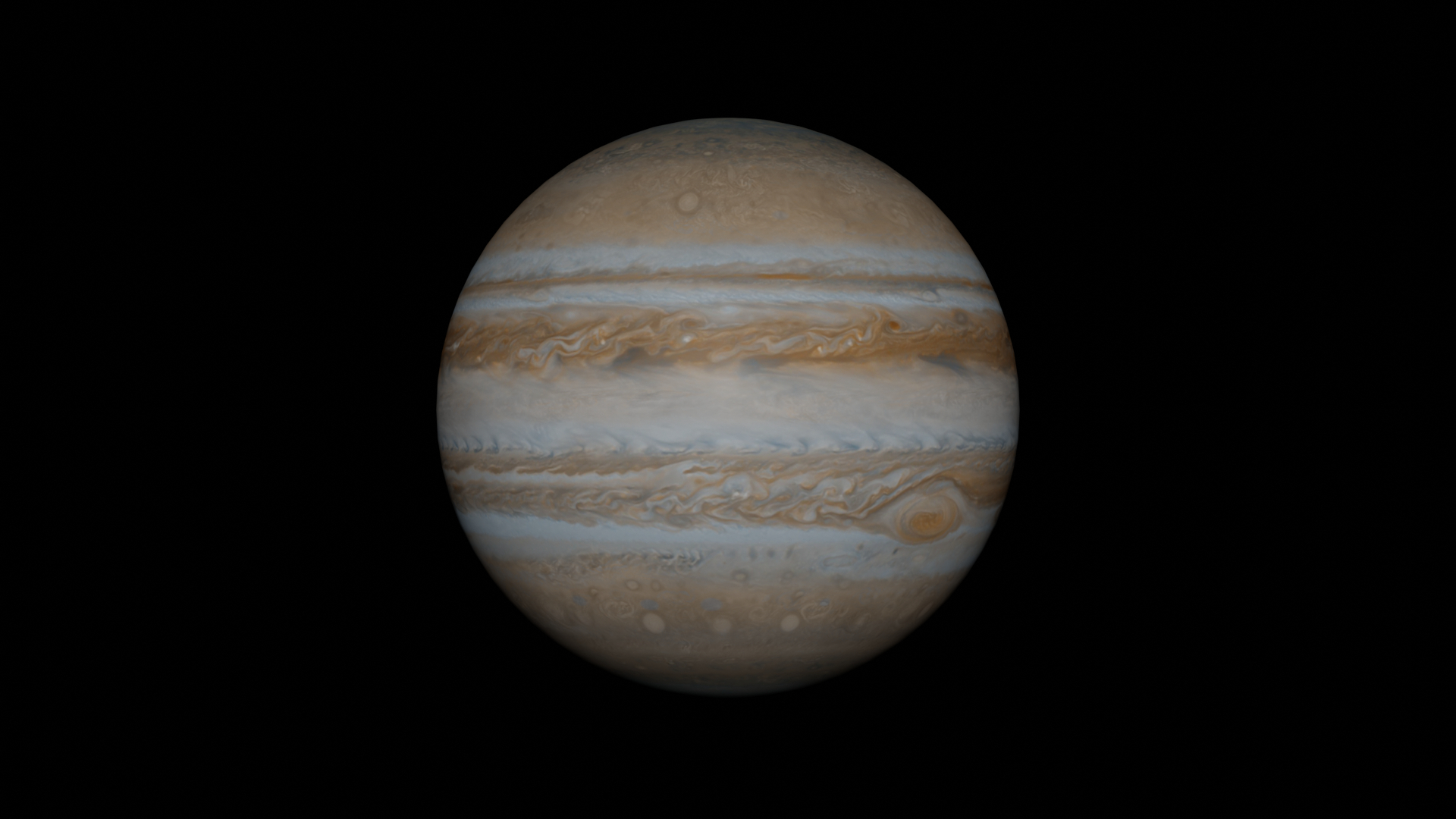
Jupiter can be located in an easterly to south-westerly direction
Saturn
Saturn should be visible in the evenings to early mornings of October
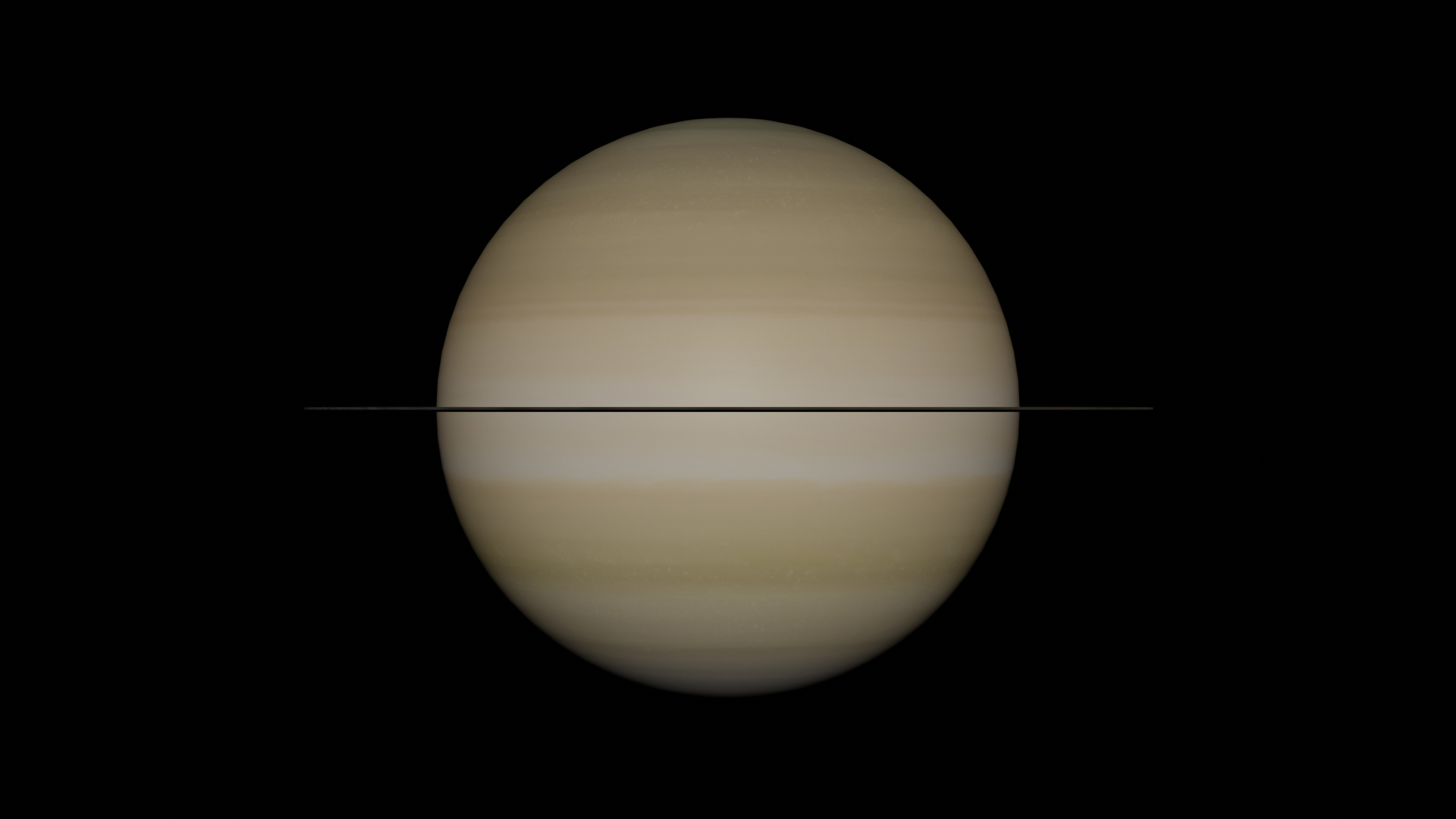
Visible in a south-easterly to south-westerly direction
Uranus
Uranus is visible in the nights of October
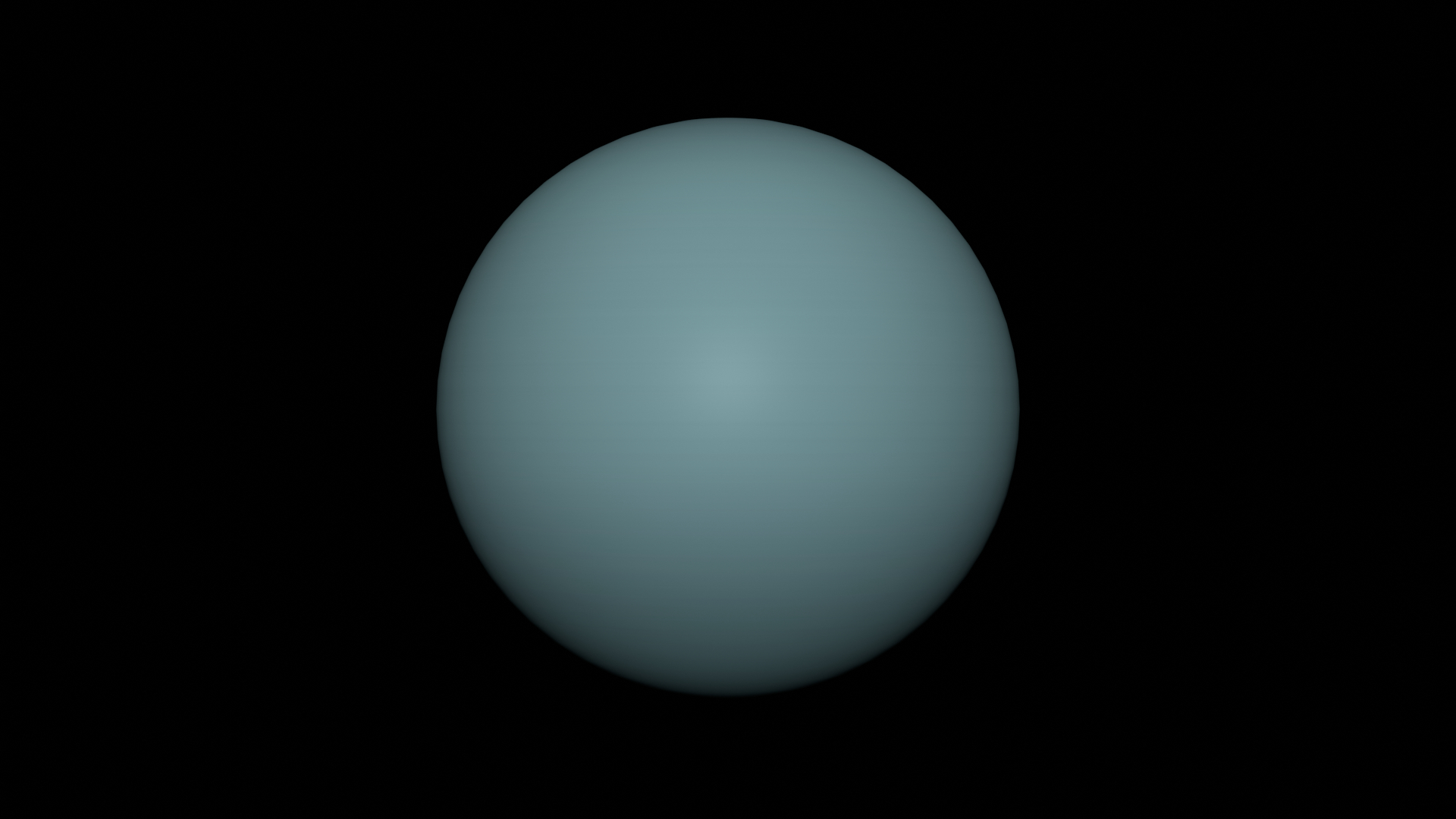
Uranus is visible in an easterly to a westerly direction
Associated Podcast / Video
Darkest Hour, Brightest Night also produce the Realm of Darkness podcast and video. Which gives you an overview of the events due to occur in October 2022
These should be released on the 26th September 2022
The podcast can be found in the Podcast section. Or on your podcast app
The Realm of Darkness video can be found in the video section of our website
Social Media
Following us on social media will keep you up to date on the events mentioned in this article, and other related news and updates
Support
If you enjoyed the article and would like to help us in creating more content. Then please consider donating via Buy Me a Coffee
Written by: Ben Patmore
Ben Patmore is an amateur astrophotographer
Feedback
Feedback is always welcomed regarding the article. Our details can be found on our contact page
